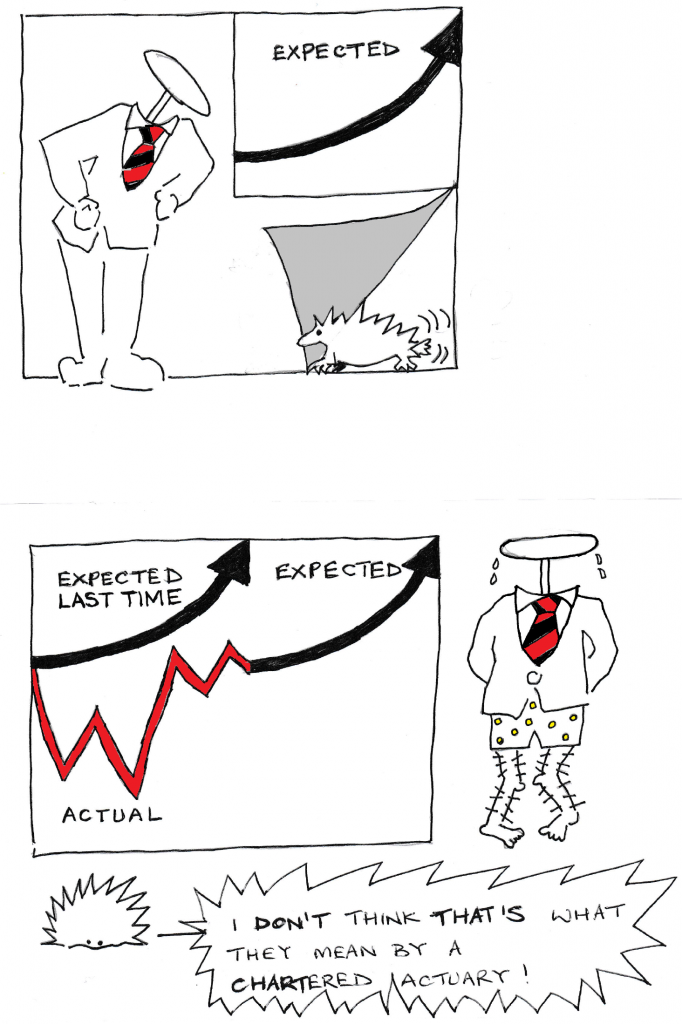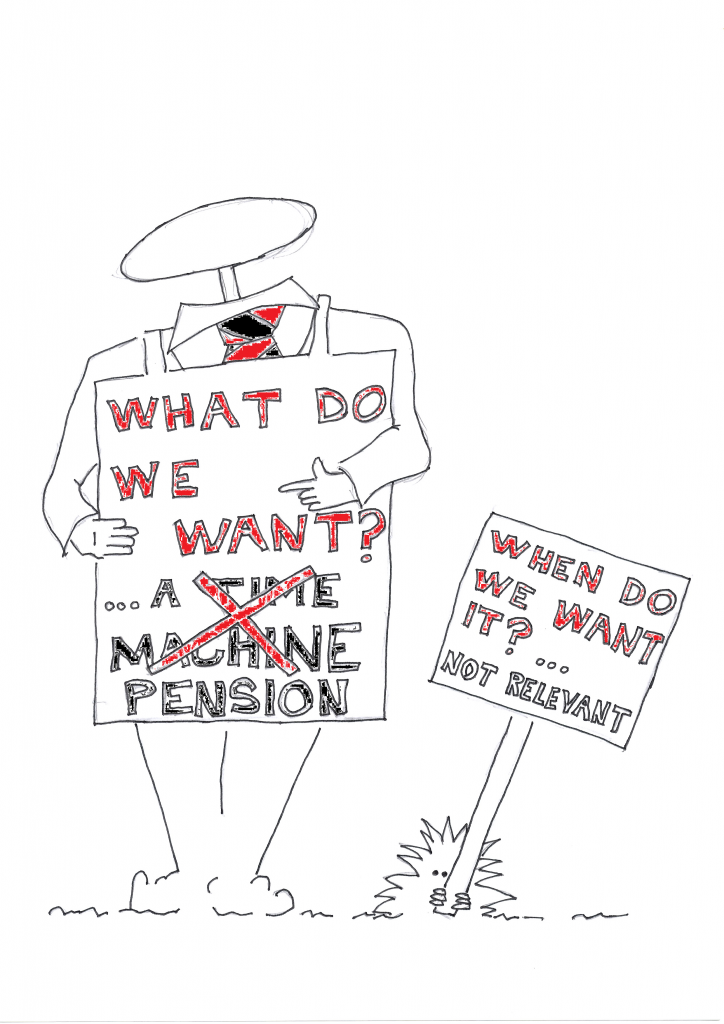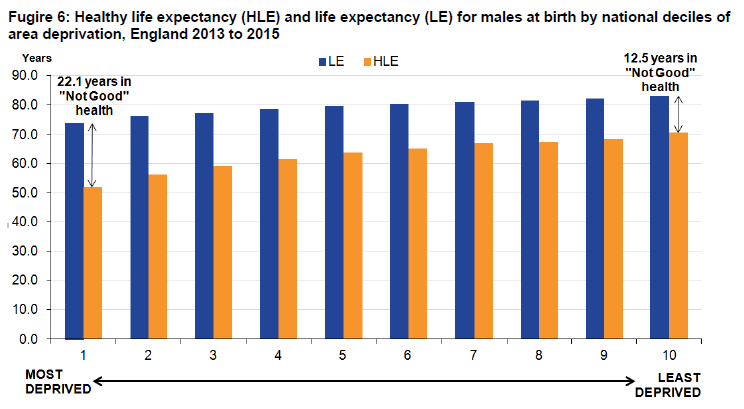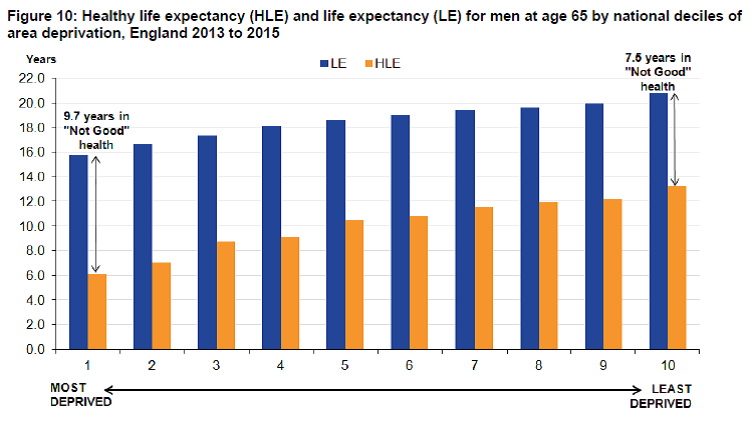
Imagine all of the fossil fuel energy available to the Earth and its inhabitants before our emissions from using that energy mean that we will have, on average, a climate 1.5oC warmer than pre-industrial levels. Imagine it as a big black ball located, for convenience, in China, as we have exported many of the most carbon-intensive manufacturing processes we all need there, and that we are all sucking the energy we need from this black ball 24/7 until it is exhausted.
We are currently at 1.2oC above pre-industrial levels on average and have seen the consequences this summer in the UK, and in the unprecedented number and size of wildfires still raging across Spain and Portugal in particular, to name a few of the events which have been made much more likely by climate breakdown.
The last estimate of the size of the ball came from the IPCC AR6 Report of 2021, which indicated that the remaining carbon budget to remain with a 50% chance of staying at or below 1.5°C of global warming is 580 billion tonnes CO2 and about 420 billion tonnes CO2 for a two-thirds chance of limiting warming to 1.5°C, all as at 2018. Annual global CO2 emissions in 2019 were 36.7 billion tonnes, in 2020 they were 34.8 billion tonnes and in 2021 they rebounded to 36.4 billion tonnes. So that ball is shrinking very fast.
Why the obsession with 1.5°C? Well, it is what we and most other countries signed up to in Paris in 2015. 2°C was agreed to be a much worse outcome than 1.5°C – we can already see the results of current warming where 20% of the global population lives with 1.5°C warming in at least one season of the year, but a global average of 2°C compared to 1.5°C would increase the proportion of the population exposed to severe heatwaves at least once every 5 years from 14% to 37%. NASA have an article on this here.
Can we make the ball bigger, by removing some of the carbon dioxide? If you look at the pathways that the IPCC discuss, you will see that they are split between those where temperatures are stabilised at or below 1.5°C warming and those which go above but are then brought back down later in the century. In its most recent report published in April, the IPCC said the use of CO2 removal is now “unavoidable”, if the world is to reach net-zero greenhouse gas emissions. Where the UK is in its programme of carbon removal is discussed here. However, to get it into perspective, global carbon removal to date is still in the experimental stage, and there are many problems remaining to be overcome with most of the proposed methods, so such efforts must be additional rather than in anyway an alternative to drastically cutting our emissions.
Back to the ball. If this represented all of the remaining water in the world (the scientific consensus at 3°C warming has Indian monsoon rains failing, the Himalayan glaciers supplying the Indus, Ganges and Brahmaputra, the Mekong, Yangtze and Yellow rivers decreasing by up to 90% and the Amazonian rain forest basin drying out completely), would you think about it differently? Would you continue washing your car every weekend, watering your lawn, and power-washing your drives and patios on the assumption that we would invent a new way of making water? Simon Brodkin has done a good bit in answer to this, which is both very funny and terrifyingly plausible.











